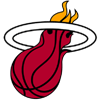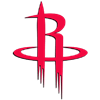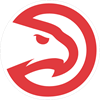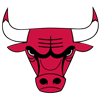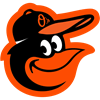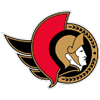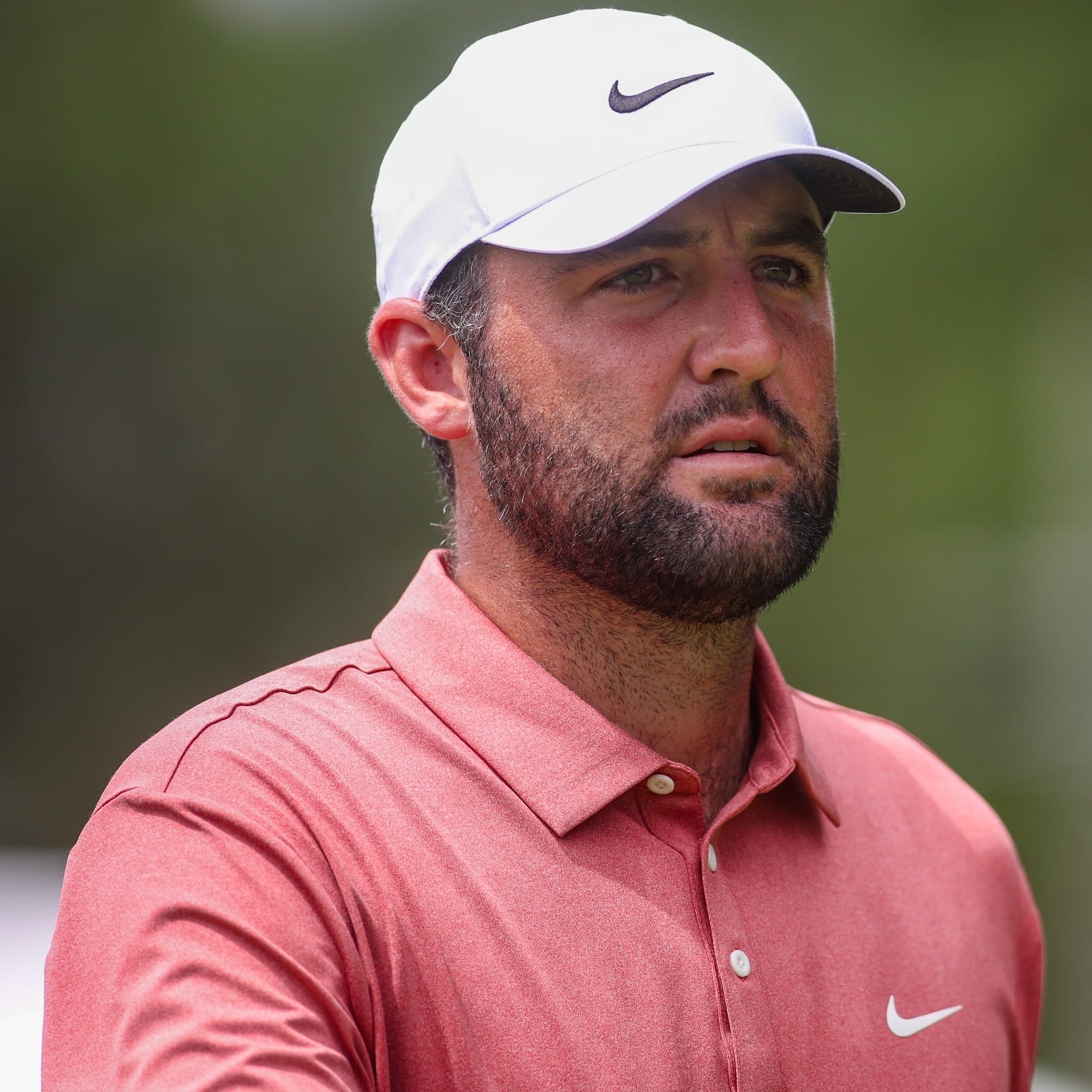The most popular game in all of fantasy sports unquestionably is fantasy football. You hold a draft with your buddies, you have your home league, maybe one or two others, and you play all season long. There's also daily fantasy sports for football, but it clearly takes a back seat.
In fantasy golf, however, DFS is the dominant format.
Using the season-long fantasy-football format for golf creates the best of both worlds. The RotoWire crew has been playing season-long fantasy golf for almost a quarter-century now. Other season-long leagues have been popping up of late, notably using the Fantrax website and its Commissioner platform.
Sure, DFS golf has many positives -- if you're bad, you're bad for only one week. But the only way to recreate the perfection that is your fantasy football league, even with a bad team, is to hold a golf draft with your buddies in your very own home league and play all season long, from January through August -- or maybe beyond.
That sounds great. The only thing better is winning. So let's figure out a way to win the whole dang thing.
In the RotoWire league, we do a salary cap draft. In Fantrax, it's a snake draft. A lot of what we'll discuss here will apply to both formats. It's not like in fantasy football where you need to fill different positions. That's not to say there aren't differences between the golfers and what you should be looking for in the draft. More
The most popular game in all of fantasy sports unquestionably is fantasy football. You hold a draft with your buddies, you have your home league, maybe one or two others, and you play all season long. There's also daily fantasy sports for football, but it clearly takes a back seat.
In fantasy golf, however, DFS is the dominant format.
Using the season-long fantasy-football format for golf creates the best of both worlds. The RotoWire crew has been playing season-long fantasy golf for almost a quarter-century now. Other season-long leagues have been popping up of late, notably using the Fantrax website and its Commissioner platform.
Sure, DFS golf has many positives -- if you're bad, you're bad for only one week. But the only way to recreate the perfection that is your fantasy football league, even with a bad team, is to hold a golf draft with your buddies in your very own home league and play all season long, from January through August -- or maybe beyond.
That sounds great. The only thing better is winning. So let's figure out a way to win the whole dang thing.
In the RotoWire league, we do a salary cap draft. In Fantrax, it's a snake draft. A lot of what we'll discuss here will apply to both formats. It's not like in fantasy football where you need to fill different positions. That's not to say there aren't differences between the golfers and what you should be looking for in the draft. More on that in a bit.
In the RotoWire league, we have 15 teams that draft nine golfers each -- a total of 135 players -- with a budget of $100. You need at least $1 for each guy. We start a maximum of five every week from the Sentry in January through the TOUR Championship in August and just count up the golfers' earnings when they were active in our lineups. Simple. There are a couple of wrinkles. We have bonuses for winning a major. And we divide the 15 teams three ways into a season-long team bet. Yes, we had teams before LIV had teams. The losing team plays the winning team's entry fee for the next season, while the middle team pays for itself.
We are allowed 10 free-agent moves during the season, at a slight cost. Trades are allowed, but they're hard to pull off, just as in all fantasy leagues. There's not a lot of money changing hands, but that's never detracted from the enjoyment.
Of course, leagues are completely customizable to your needs, beginning with the number of teams, the number of golfers on each team, when you start your season and how much money is at stake.
The Fantrax format mirrors DFS a little more closely. Scoring is based not on earnings but on birdies, eagles, pars, bogeys, etc., a la DFS.
Really, the strategy for both formats is quite similar: Pick the best golfers. Duh. Really, this isn't rocket science. A lot of it is basic stuff.
Overall, there are two rules to play fantasy golf of any kind:
Rule No. 1: Do your homework.
Rule No. 2: Your homework is never done.
With the PGA Tour now having so many Signature events with their $20 million purses, plus the majors, plus THE PLAYERS Championship, the top golfers play more events than they had in recent years. But you still need to fill lineups for all the John Deeres and Mexico Opens of the schedule. You'll need to strike a balance.
Cheaters Always Prosper
As in, get a cheat sheet. For all your fantasy sports, however you play, you have to know all the potential options, who all the players are, know what the rules of your league are. Like with running backs in football, there aren't enough top golfers to go around. In a snake draft, you clearly will take one of the top golfers when it's your turn in the first round. But in a salary cap draft, you don't necessarily need one of the very best. We've seen guys win the RotoWire league with a top-5 or top-10 guy to anchor their lineup; we've also seen guys win the league with maybe three more cost-effective top-25 guys. The ol' stars-and-scrubs lineup vs. balanced lineup.
Superstar vs. Multiple Stars
In a snake draft, have to get the best golfers you can as early and as often as you can. Depending on how many teams are in your league, you might be able to get two predicted top-10 or top-12 guys. It's more nuanced in a salary-cap format. I've always wanted a big name in the RotoWire league, especially with our majors bonuses, and was fortunate enough four seasons ago to get Jon Rahm, a guy I thought was maturing and ready to take the next step. It cost me $50, leaving $50 for the other eight guys. That paid off; Rahm was great. Three seasons ago, I spent $47 on Xander Schauffele, a threat to win every time out, including in the majors. But it didn't work out. He won only one tournament -- the Olympics, which was not part of our league. Two years ago, I was similarly snake-bit by taking Collin Morikawa at $50. He didn't win at all. Last year, my bell cow was Max Homa and, thankfully, that paid off as I finished third overall among the 15 teams.
Still I'm beginning to rethink the strategy on the big bellwether guy. The Tour is so deep, so many different golfers win. It's hard to be great every year. If you take that balanced approach, you may not win a major. But winning the whole league is the foremost objective.
Cream of the Crop
So who are the big guys? You should check the RotoWire rankings. My personal top guys won't be exact but likely similar. Viktor Hovland, Scottie Scheffler and Rory McIlroy were the top guys last year and could very well be again.
Okay, so who are other top guys? There's Patrick Cantlay, Homa and Schauffele. And Ludvig Aberg. Kinda. Maybe. It sure seems that way. What about Brooks Koepka and Rahm? They'll play only four tournaments -- the majors -- but if they win one it might be worth it.
Every year, top guys fall off -- Justin Thomas -- and new guys emerge. It's often impossible to predict. You just have to give yourself as much information as possible.
Key Characteristics
As you make your way through the draft, here's what to look for as things get deeper after the studs are gone: guys who will play a lot, top-10 and top-25 finishes from the past year, who will make a lot of cuts, who will get into the bigger tournaments such as the majors and Signature Events. And of course, check our Sleepers and Busts article, which will be posted soon.
The top guys will be playing more this coming season than ever before. There are 33 events from the Sentry through the three playoff events ending with the TOUR Championship. This does not include the alternate-field tournaments or the Zurich Classic team event, though you can customize however you want. The best guys now should play about two-thirds of the tournaments. That affects my strategy. They used to about half that much.
We'll still need/want to start five guys in the weeks where the top guys won't be playing. Here's what to look for with lesser guys, either in a salary cap or a snake draft:
Of course, the first thing to consider is a golfer's results. But if you focus on golfers with strong tee-to-green play -- ball striking, Strokes Gained: Approach, Strokes Gained: Tee-to-Green, greens in regulation -- they tend to do well over the long haul. You know how much easier it is when you find the fairway in your weekend game? Same thing for the pros -- only 150-200 yards further up. There tends to be more variance in putting.
As you move past the top golfers or even the very good guys, look at the number of top-10 cashes and whether they are qualified for the majors/Signature events.
At the bottom, look for cuts made and guys who play a lot -- Mark Hubbard set a record with 39 starts last season and Eric Cole played 37 times. See where a guy sits on the PGA Tour's priority rankings list. The higher up he is, the less chance of getting squeezed out of fields that aren't the maxed-out 156. The golfers who play the most are generally the worst golfers, save for the really bad guys who simply can't get into tournaments. San Antonio or Detroit, for example, may not have the best fields, but if your lesser golfers are playing, they have a puncher's chance to claim a high finish. Every season on the PGA Tour, a bunch of punches connect. Just ask Mackenzie Hughes, Seamus Power, Adam Svensson, Kurt Kitayama, Taylor Moore, Emiliano Grillo, Nick Taylor and Lee Hodges. They all were tournament winners last season.
Sophomore Slump?
A golfer who enjoys his breakthrough season often takes a step back the next year, or he might even take a step back immediately after a win. Of course, we'll be happy with the big money from a win and deal with the rest later. But the money/fame/etc., is life-altering for golfers. The excitement of making it to the Tour slowly develops into a week-in and week-out grind – you know, like a job! The bigger the success and the younger the guy, the more likely this could happen. Tom Kim talked about it last season after he won the Shriners in October, how hard 2023 was for him after his two-win 2022. He didn't have a top-10 for about five months at the front end of 2023, roughly from mid-January to mid-June. It can happen to even a veteran after a win. As crazy as this sounds, I wonder how Aberg will respond to his incredible fall season that culminated with one of the most dominating wins we'll ever see at the RSM Classic.
Fast Start or Sit Tight?
In the RotoWire salary-cap draft, some drafters can't wait to start bidding and selecting golfers, making a dent early in the draft. Others like to sit back and see what develops. There's no right or wrong. Just be aware how the draft is unfolding. It can switch gears pretty quickly. Which brings to our next point …
Adjust Your Thinking
If it's a snake draft, golfers go in order of how good they are. In a salary cap draft, good or even great players can go long after the start of the draft. If you've done one for fantasy football, you know exactly what this is. A golfer's value will change at various points in the draft, depending on who's been taken, how much money everyone has left to spend and whom you've already drafted. Don't just look at how much money you have, look at all your opponents, too. You need to be able to adjust your thinking. A golfer's value on the course won't change, but his value during the draft will. Pay attention to that, it's very important. One thing we see year after year, if you sit back too long, that last big-name guy up for grabs can end up costing the most, just because he's the last one. If you have 15 teams as in the RotoWire league, not everyone can get a top-10 golfer. And when everyone realizes there's only one left, the price gets jacked.
Recent History
You have to look at history, how a guy has done not only last year, but the last two. A golfer could have an off year. He could've been hurt for one year. His price surely would go down, but chances are you shouldn't dismiss him entirely based on one year. If a golfer has two bad years in a row, well, then that could be a red flag.
New Guys
The Korn Ferry Tour is GOOD – probably the second-best tour in the world now. Really. The top players are VERY GOOD. There will be 30 KF grads on the PGA Tour this season. Some are former PGA Tour players who lost their cards. They are largely meh. Focus on the guys just making the jump. Will Zalatoris, Cameron Young, Sahith Theegala, Svensson and Justin Suh, to name a handful, all emerged in the past few years. Again, check out the RotoWire Sleepers and Busts page to perhaps see some of these stars of the future.
Not a Popularity Contest
Try to keep emotions out of it. Naturally, you're a huge Tiger Woods fan. Who doesn't want a piece of Rickie Fowler? Don't simply green-light a guy who did wonderful things for you last year. I have learned to hate just about every guy on Tour -- hate is the wrong word, but you get the idea. In fact, if a guy did well for me last year, I think there's no way he can do it again. The broader point is, don't pick a guy because you like him, just as you shouldn't avoid a guy because you don't like him. If the price is right, or the round is right, pounce.
Take Deep Breaths
Lastly, keep your wits about you during the draft. Stop. Focus. Breathe. It's easy to get caught up in the fast pace. It's easy to get mad if a guy you wanted went one pick before you or went for more than you could pay. It's like real golf: You can only play one shot at a time. You can only play the next shot. Make sure it's right down the middle.








